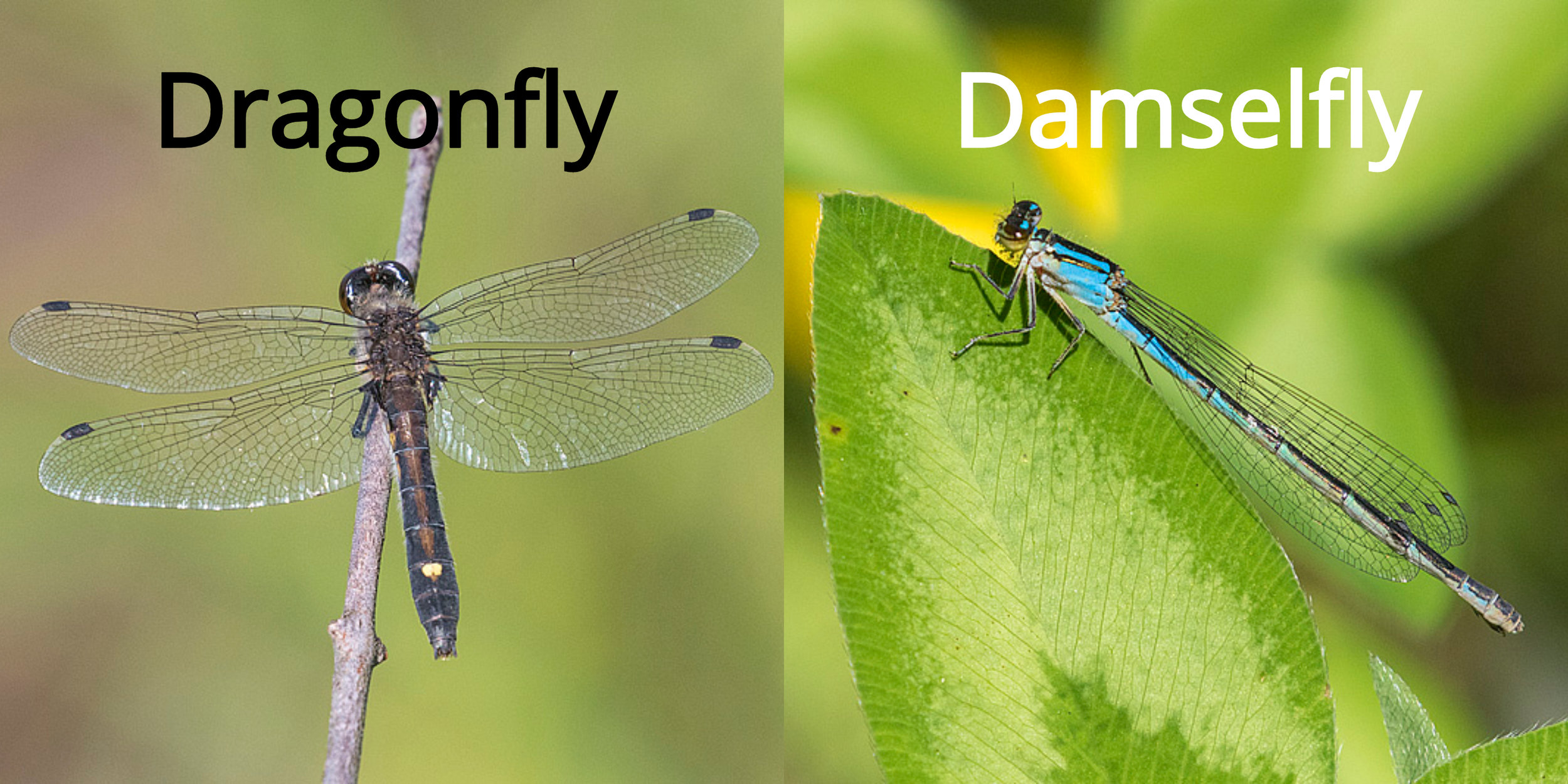In the lush tapestry of nature, where elegance meets the ephemeral, dragonflies and damselflies flit gracefully, captivating the attention of entomologists and casual observers alike. Their iridescent wings shimmer under the sun, casting small rainbows, and their movements echo the poetry of life itself. The question often arises: is it a dragonfly or a damselfly? This seemingly trivial inquiry invites a deeper exploration into the lives and characteristics of these exquisite insects, revealing not just their differences but also the inspirations and motivations they evoke in us.
Both dragonflies and damselflies belong to the order Odonata, a term derived from the Greek word ‘odon’, meaning tooth, which alludes to the serrated mandibles that these insects possess. As predators, they play a vital role in controlling the populations of other insects, showcasing a dynamic balance that fascinates many. However, despite their shared lineage, these two groups present strikingly different features and behaviors that beckon closer examination.
To elucidate the differences, one must first observe the anatomy. Dragonflies, robust and formidable, exhibit a distinctive body structure characterized by a broad abdomen. Their wings, which are typically held horizontally as they rest, often span a greater width than their body. This positioning, coupled with their larger size, provides a sense of dominance that can be intimidating to their prey. In contrast, damselflies are daintier, their slender bodies and delicate build give them an ethereal quality. They tend to fold their wings parallel to their body when perched, a demure stance that contrasts sharply with the assertiveness of their dragonfly counterparts.
In the wild, the behaviors of dragonflies and damselflies further highlight their differences. Dragonflies are renowned for their aerial prowess; they are superb fliers capable of rapid maneuvers and even backward flight. Such agility allows them to hunt with precision, capturing prey mid-air. In contrast, damselflies, while also skilled fliers, do not possess the same degree of aerial acrobatics. Their flight tends to be more fluttery and delicate, often described as fragile. This distinction in behavior not only aids in identifying these insects but also evokes admiration for the adaptability of each species.
Coloration serves as another identifying feature. Dragonflies exhibit a vibrant palette, ranging from brilliant blues and greens to fiery reds and yellows. This chromatic zest is often linked to their mating rituals, where males flaunt their hues to attract female partners. The coloration can also serve as camouflage, allowing these insects to blend into their environment while stalking prey. Conversely, damselflies, though equally beautiful, typically display more subdued colors. The softer hues of their bodies often feature intricate patterns and markings, which can be both mesmerizing and complex. This distinction not only enhances their beauty but also provides insight into their ecological strategies.
Ecologically speaking, the habitats of these insects reflect their lifestyles. Dragonflies prefer larger bodies of water, such as lakes and ponds, where they can assert their dominance over vast territories. They are often found patrolling these areas, darting swiftly as they guard their homes. Damselflies, meanwhile, tend to inhabit smaller, more vegetated water sources like streams and marshes. They may be found resting on reeds or foliage, where they blend seamlessly into their surroundings. This preference for habitat is significant, as it informs their respective roles within the ecosystem.
Reproductive behaviors further illustrate distinctions between dragonflies and damselflies. Dragonflies typically engage in a complex courtship dance, where males chase their potential mates and engage in aerial displays that showcase their prowess. This often culminates in a unique pairing, where the male and female form a heart shape in mid-air—a spectacle that epitomizes the romance of nature. Conversely, damselflies often adopt a more subdued courtship approach; males will stake out territories and wait for females to approach. Once a pair is formed, they will often remain joined together in a process known as “tandem,” facilitating the fertilization of eggs in a way that minimizes risks from predators.
Understanding these differences not only demystifies the dragonfly vs. damselfly conundrum but also reflects the broader principles of biodiversity and adaptation. Each species is uniquely molded by its environment and ecological niche, serving as a testament to the wonders of evolution. Observing these insects evokes a profound appreciation for the intricate connections within ecosystems and encourages conservation efforts to protect their habitats.
In conclusion, when pondering whether an insect is a dragonfly or a damselfly, one embarks on a journey that transcends a mere identification exercise. It becomes a narrative that interweaves biology, ecology, and the delicate dynamics of life. These remarkable insects not only enrich our understanding of the natural world, but they also inspire a deeper respect for the complexity and beauty found in nature’s myriad creations. By recognizing the nuances between dragonflies and damselflies, we foster a greater curiosity that can ignite a passion for environmental stewardship, ensuring these incredible creatures continue to grace our wetlands and gardens for generations to come.









Leave a Comment